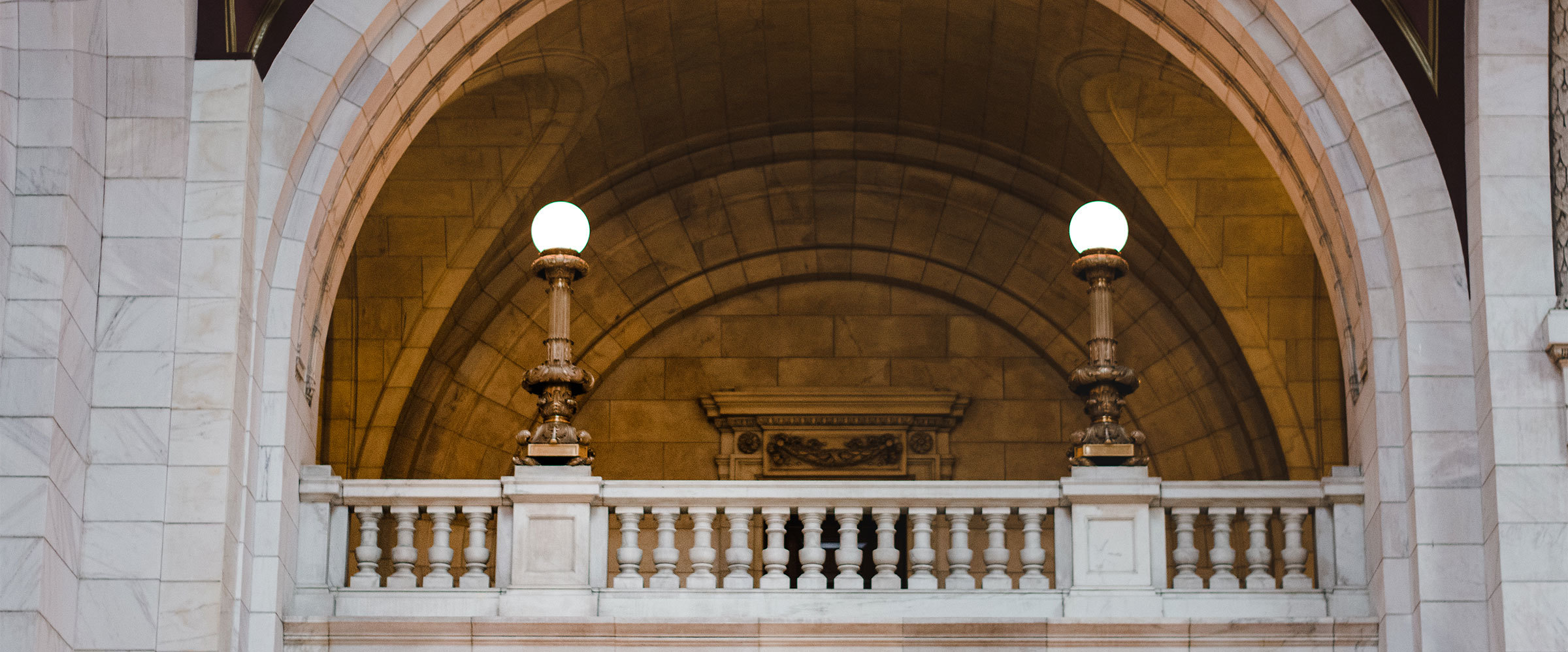By Stella Skaljac
On March 18, 2020, the Senate passed the Families First Coronavirus Response Act by a vote of 90-8, and President Trump signed the Act into law the same day. It will go into effect April 2, 2020 and expire December 31, 2020. So, what does this ultimately mean for employers across our nation? Paid leave is now upon us, and employers will need to understand their obligations as to when and to whom it applies.
The Act was designed to require employers with fewer than 500 employees to provide emergency paid sick leave and family leave to employees dealing with the impact of COVID-19. However, to avoid over-burdening these employers, the act caps the amounts to be paid to employees, in addition to making them 100 percent reimbursable via tax credits. Although this Act does not apply to employers with 500 or more employees, there will likely be political and popular pressure on such employers to provide paid leave voluntarily (with no reimbursement from the federal government).
The Act includes two provisions that affect paid leave – the Emergency Family and Medical Leave Expansion Act (EFMLEA) and the Emergency Paid Sick Leave Act (EPSLA). Each provision provides specific requirements, more fully explained below.
The EFMLEA provides 12 weeks of job-protected paid leave for employees who are unable to work or telework so that they may care for children if schools are closed or their daycares are unavailable because of a public health emergency (this is the only reason that this form of leave is permissible). The law covers employers with fewer than 500 employees and the benefit applies to employees who have been working for at least 30 calendar days.
Pay rates are provided as follows: (1) after 10 days, employees are paid at two-thirds of their regular rate; (2) employees may use accrued personal or sick leave during the first 10 days; (3) payments made to employees for this type of leave are capped at $200 per day and $10,000 in the aggregate.
With respect to tax credits, each quarter, employers subject to the requirement are entitled to a fully refundable tax credit equal to 100 percent of the qualified paid Family and Medical Leave Act (FMLA) wages paid by the employer.
Employers of employees who are healthcare providers or emergency responders may elect to exclude such employees from eligibility for paid leave. However, the law doesn’t define the terms, “healthcare provider” and “emergency responder.” Small businesses with fewer than 50 employees in certain circumstances may also be exempt.
The EPSLA will require covered employers to provide full-time employees with 10 days (80 hours) of paid sick leave when the employee cannot work or telework for circumstances related to COVID-19. Part-time employees are entitled to the number of hours of paid sick time equal to the number of hours they work, on average, over a two-week period.
The sick leave is intended for employees to use when they cannot work or telework because they:
- are subject to a government quarantine or isolation order related to COVID-19;
- have been advised by healthcare providers to self-quarantine due to COVID-19;
- are experiencing symptoms of COVID-19 and seeking a medical diagnosis;
- are caring for an individual subject to a quarantine order or self-quarantine;
- are caring for children if schools are closed or their caregivers are unavailable because of a public health emergency; or
- are experiencing substantially similar conditions as those specified by the Secretary of Health and Human Services.
All employees, regardless of length of employment are eligible for this leave. Employers must compensate employees for any paid sick time they take at the higher of: (a) their regular rate of pay, (b) the federal minimum wage, or (c) the local minimum wage. Payments are capped at $511 per day and $5,110 in the aggregate. Employees absent to care for a sick family member or a child unable to attend school are compensated at two-thirds of the rate they would otherwise receive, capped at $200 per day and $2,000 in the aggregate.
The paid sick leave allotment provided for in the emergency legislation is in addition to whatever sick leave is already offered by employers (including subject to state or local requirements). An employer may not require an employee to use other paid leave provided by the employer to the employee before the employee uses the paid sick time under the Act.
Employers will need to plan accordingly as the effective date approaches. The idea behind this legislation is to continue to mitigate against the outbreak by allowing employees to stay home without feeling financially strained and tempted to go to work even if they or family members are sick.
Please don’t hesitate to call us with questions about this new paid sick leave law. Our attorneys specialized in employment law can walk you through requirements and help you proactively plan for such absences.
